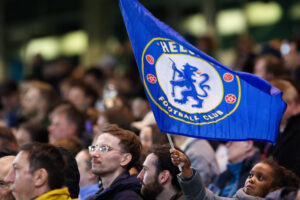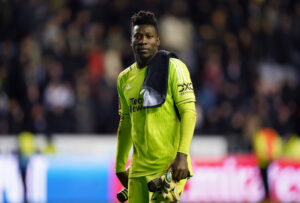The Watney Mann Invitation Cup, known as the Watney Cup, is a defunct English football tournament. The only way to qualify for the Cup was to score goals and lots of them. The competition ran four times until 1973.
The Watney Cup Rewarded Top Goalscoring Sides and Hosted the First English Penalty Shootout.
First English Competition to Sell Naming Rights
The tournament invited the two highest-scoring teams from each of the four English football leagues into an eight-team knockout tournament. Promoted teams or teams that qualified for one of the European competitions from the previous season were not eligible. This move incentivised high-scoring games during the season in order to potentially qualify. The games took place in pre-season and the finalists would play at the home ground of one of the clubs rather than a neutral venue. Each club received an equal share of the gate receipts and TV revenue as well as a prize fund for the winners. The FA also benefitted from the contest, receiving £50,000 from The Watney Mann brewing company for the naming rights.
Due to the short lifespan of the contest, only four teams managed to lift the Watney Cup. These lucky few are Derby County, Colchester United, Bristol Rovers, and Stoke City.
Innovation and Memories
The wonderful Watney Cup was an experiment, with many changes including the first sponsorship deal, the first penalty shoot out, and changes to the offside rule.
These games helped shape modern football and led the way in increasing revenue for clubs. The successful integration of penalty shootouts will be a lasting legacy of the Watney Cup. The inaugural competition boasted of the new innovations.
Brian Clough’s Derby County faced Fulham at Craven Cottage in the first round on Saturday 1 August 1970. In the matchday programme, it described the competition as: “deliberately constructed to help the game. It will encourage the playing of more open, exciting football throughout the season.”
It went on to say: “What Watneys do today, Europe and the World will do tomorrow”.
Undoubtedly, this was a comment on the newly introduced penalty shootout system that UEFA and FIFA would announce the following season.
The cup itself held games that epitomised the magic of the cup. Halifax Town vs Manchester United, 1971, saw global superstar George Best, Bobby Charlton, and Denis Law visit the Shay.
In front of 19,965 supporters, plucky Halifax Town were victorious with a 2-1 win. Giant killings were much more likely in the Watney Cup by guaranteeing smaller clubs entry and by using a knockout structure. This unique blend of teams gave the smaller clubs a shot at glory. In 1972 then Third Division Bristol Rovers beat much higher opposition to lift the trophy. Rovers beat two top league entrants along the way, Wolves, and Sheffield United.
Falling Attendances
The first tournament was watched by an average of 21,000 supporters, the second just 12,000. The average fell again in the third year to 11,500 but picked up again to 13,000 in the fourth. The falling attendances led to the demise of the Watney Cup in 1973. The lack of prestige seemed to scupper the contest. Fan interest waned and instead of innovating the Watney Cup, it was phased out in favour of larger-scale tournaments.
The Watney Cup demonstrated football’s unique ability to create magical moments.
Main Photo






